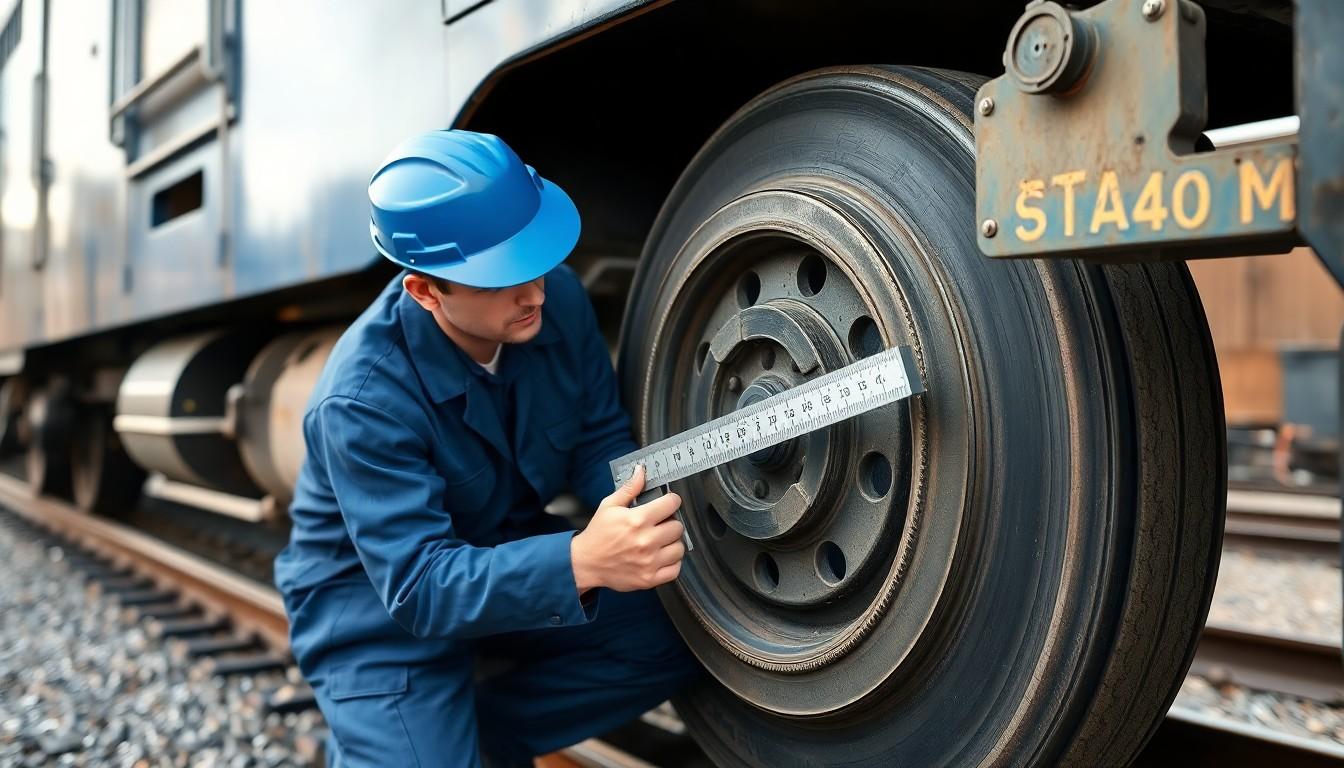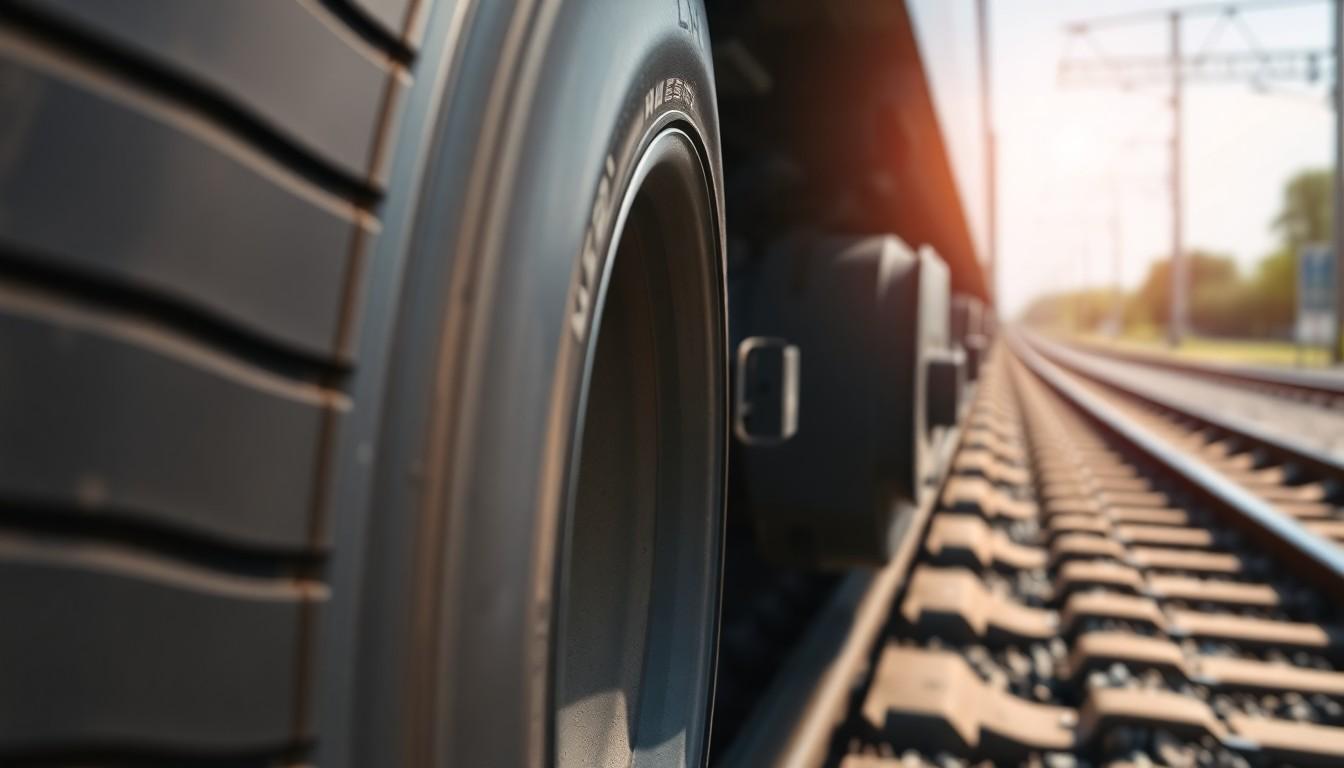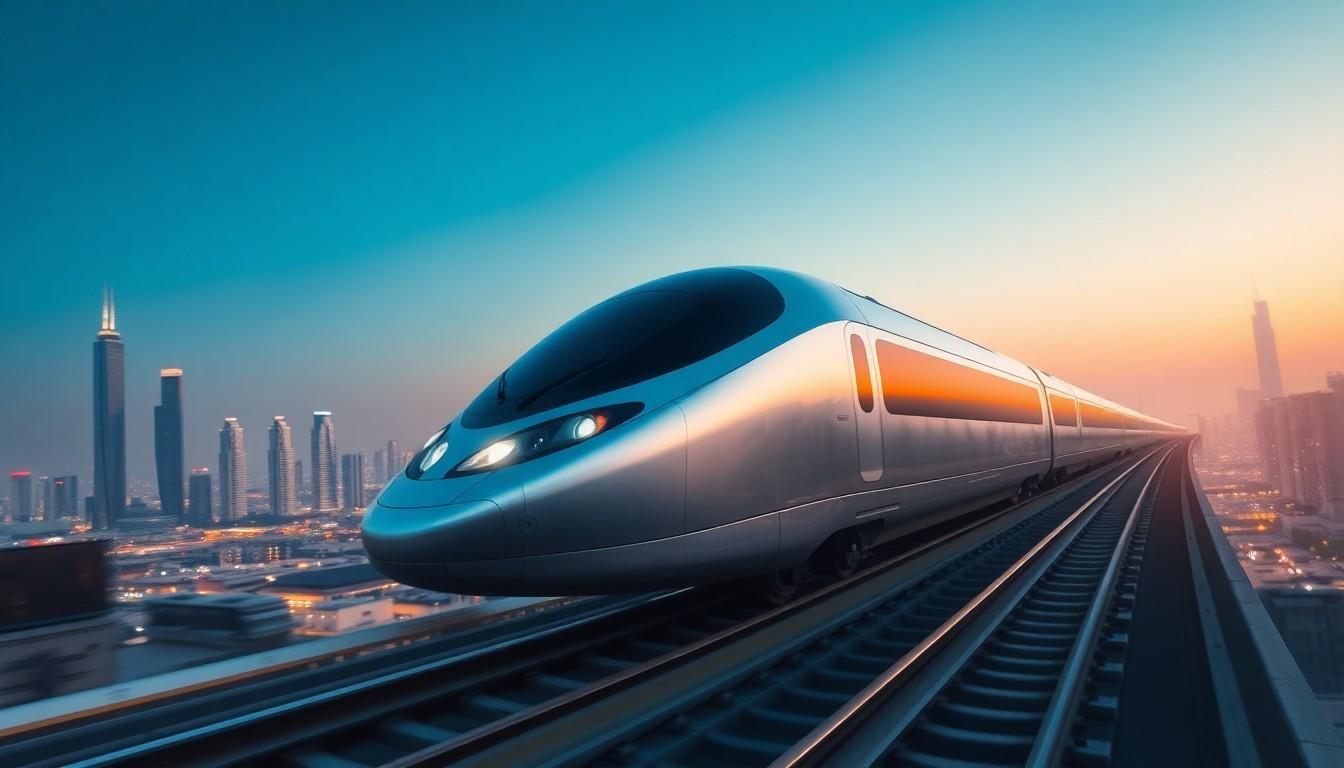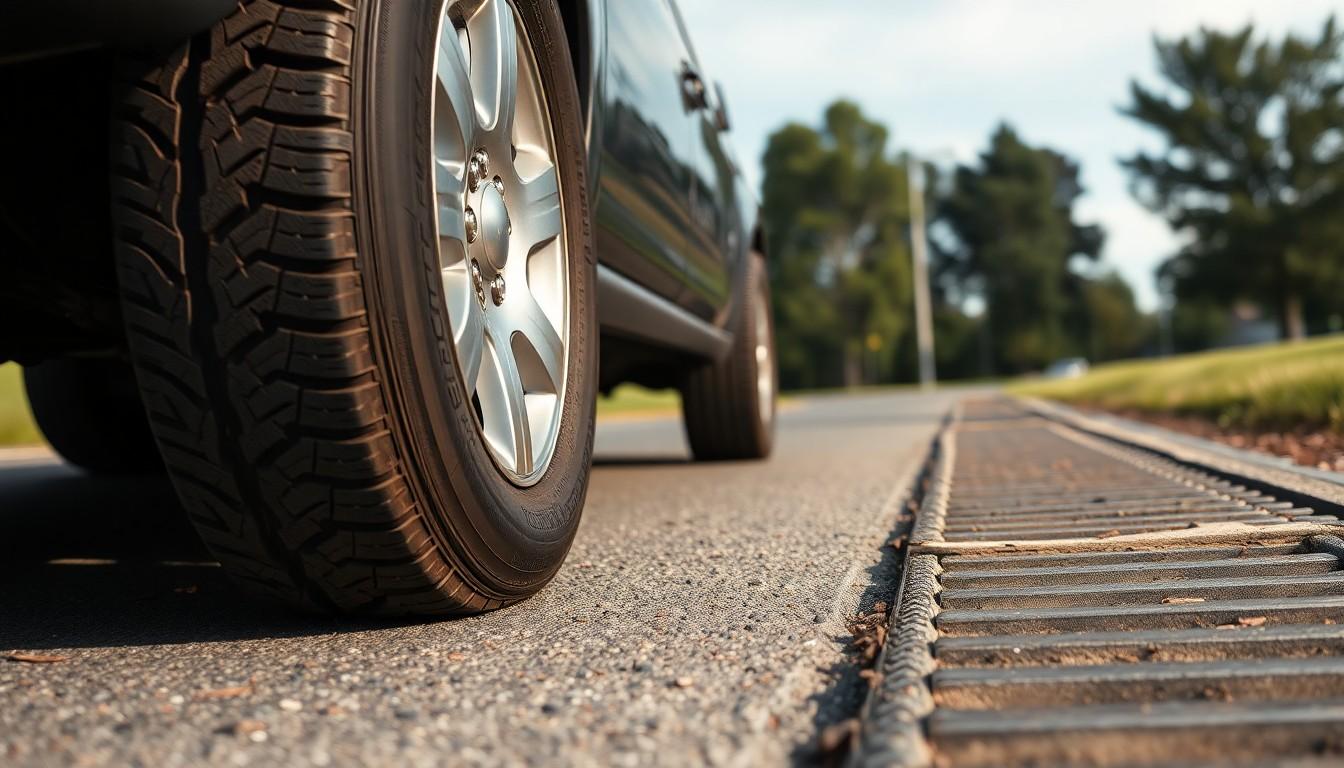When it comes to your vehicle’s safety and performance, the left front tire deserves special attention. This crucial component bears important weight and steering responsibility, directly impacting your car’s handling and braking capability.
We’ve helped countless drivers understand why their left front tires often wear faster than others. Located on the driver’s side in American vehicles, this tire experiences unique stress during left turns and from roadside drainage patterns. Neglecting its maintenance doesn’t just mean uneven wear—it can lead to dangerous driving conditions and costly repairs down the road.
Understanding the Train Left Front Tire: Key Components and Functions
The train left front tire comprises several critical components that work together to ensure optimal performance and safety. Each part plays a exact role in maintaining stability, traction, and longevity of the tire assembly. From the outer tread to the inner structure, these elements form an integrated system designed to withstand the unique stresses placed on the driver’s side front tire.
Anatomy of a Train Left Front Tire
Train left front tires feature a specialized construction built to handle their position-exact demands. The outer rubber compound contains a precise blend of materials engineered for durability and grip. Beneath this visible layer lies the tread pattern, typically designed with deeper grooves on the left front position to manage water displacement efficiently. Steel belts run through the tire body, providing structural integrity while allowing controlled flexibility. The sidewall incorporates reinforced materials to resist impacts from curbs and road debris commonly encountered on the driver’s side. Internal air chambers maintain proper inflation pressure, essential for even weight distribution across the contact patch.
Role in Vehicle Handling and Stability
Left front tires significantly influence steering response and overall vehicle stability during operation. Their position at the forward driver’s side makes them the first point of contact with road irregularities during normal driving lanes. Cornering forces concentrate heavily on this tire during left turns, requiring enhanced lateral grip capabilities. Braking inputs transfer weight forward, placing up to 40% more load on front tires compared to rear positions. Steering precision depends directly on the left front tire’s ability to maintain consistent contact with the road surface. Road crown effects (the slight slope of roads for drainage) put additional side-loading pressure on driver’s side tires, particularly noticeable during straight-line driving on highways.
Unique Stress Factors Affecting the Left Front Tire
Left front tires experience distinct stress patterns rarely seen in other positions. Driver-side curb impacts occur four times more frequently than passenger-side impacts according to tire wear studies. Left turns impose higher G-forces on the outer sidewall due to weight transfer physics. Road debris tends to collect along the left shoulder on many highways, increasing puncture risks. Temperature variations affect this tire more acutely since it’s typically closest to the engine compartment heat in most vehicle designs. Water drainage patterns on crowned roads direct more road contaminants toward the left side channels, accelerating chemical degradation of rubber compounds. These combined factors contribute to accelerated wear patterns uniquely observed in left front tire positions.
The Critical Role of the Left Front Tire in Train Operations

The phrase “train left front tire” doesn’t actually refer to train operations but instead relates to the Tire Pressure Monitoring System (TPMS) in vehicles. This message typically appears on dashboards of certain vehicles, particularly Ford models, indicating that the TPMS needs recalibration for the left front tire.
Impact on Steering and Directional Control
While the TPMS system itself doesn’t directly impact steering or directional control of your vehicle, maintaining proper tire pressure is crucial for optimal handling. Incorrect tire pressure monitoring can lead to uneven tire wear, which significantly affects how your vehicle handles on the road. Uneven wear often signals that your vehicle requires an alignment—a condition that directly impacts steering response and directional stability. Proper TPMS calibration ensures you’re alerted when tire pressure falls outside the recommended range, helping prevent these handling issues before they become serious problems.
Weight Distribution Considerations
TPMS training procedures don’t specifically address weight distribution, but proper tire pressure plays an essential role in maintaining balanced weight across all four tires. Even weight distribution contributes to vehicle stability, predictable handling, and uniform tire wear. The “train left front tire” message isn’t directly related to weight distribution concerns but rather indicates that the monitoring system for that exact tire requires recalibration. Following manufacturer-specified procedures involving the TPMS activation tool and ignition switch cycling resolves this notification and helps ensure accurate pressure monitoring. Regular TPMS maintenance supports optimal weight distribution across your vehicle’s suspension system, improving overall performance and safety.
Common Issues and Wear Patterns in Train Left Front Tires

Understanding the common issues and wear patterns in your left front tire helps maintain optimal vehicle performance and safety. The left front tire experiences unique stresses that can lead to exact problems requiring timely attention.
Identifying Early Warning Signs of Tire Failure
Early detection of potential tire failure saves time, money, and prevents dangerous driving situations. Several warning signs indicate when your left front tire may be developing problems. Uneven wear patterns across the tire surface often signal alignment issues or improper inflation that need immediate attention. Cracks appearing in the sidewall or bulges forming anywhere on the tire represent internal damage that compromises structural integrity. Unusual vibrations while driving typically indicate an unbalanced or damaged tire that requires professional assessment. The illuminated tire pressure light on your dashboard serves as a critical indicator of underinflated tires, which accelerates wear and potentially leads to tire failure.
It’s important to note that the “Train Left Front Tire” message on your dashboard doesn’t actually refer to tire wear problems. This notification relates to the Tire Pressure Monitoring System (TPMS) needing calibration or “training” for that exact tire. TPMS recalibration becomes necessary after replacing a tire, installing a new sensor, or following a system reset. Even when all tires maintain recommended pressure levels, slight discrepancies can trigger this warning, particularly with aftermarket sensors that may require manual retraining.
Maintenance Best Practices for Train Left Front Tires

Maintaining train left front tires requires exact protocols to ensure optimal safety and performance. Regular upkeep prevents unexpected failures while extending the service life of these critical components.
Inspection Schedules and Procedures
Daily visual inspections form the foundation of effective train tire maintenance. Before each departure, technicians must examine the wheel tread, flange, and rim for visible defects such as thermal cracks, spalling, skid flats, and tread wear. Particular attention should focus on the wheel flange condition, checking specifically for arises, wear grooves, machining marks, steps, and sharp flange angles. When visual inspections suggest the wheel might be approaching limiting parameters, a steel wheel gauge helps verify the contour, flange condition, and rim thickness accurately. These comprehensive assessments detect potential issues before they escalate into safety hazards or costly repairs.
Proper Replacement Timing and Selection
Timing wheel replacements correctly depends on accurately assessing defect severity during inspections. Train wheels must be removed from service immediately if they exceed specified limiting parameters, including excessive wear patterns, structural cracks, or other important defects that compromise safety. Replacement wheels must comply with relevant rail operation standards and specifications, matching the correct type and size for the exact rail vehicle. New wheels require thorough inspection before installation to confirm they meet all necessary performance criteria and safety standards. Following a structured maintenance schedule prevents unexpected failures while maximizing operational efficiency throughout the wheel’s service life.
Safety Implications of Left Front Tire Condition in Train Systems

The Tire Pressure Monitoring System (TPMS) plays a crucial role in vehicle safety, particularly about the left front tire. Underinflated tires lead to reduced traction, increasing the risk of tire failure and compromising vehicle handling – all factors that heighten accident potential. According to the National Highway Traffic Safety Administration (NHTSA), properly functioning TPMS systems are mandated through federal safety standards specifically to prevent injuries and deaths from tire-related accidents.
Sensor malfunctions in the TPMS create important safety concerns when they fail to alert drivers about underinflated tires. These undetected pressure issues can develop into dangerous driving conditions, especially during emergency maneuvers or adverse weather. Regular maintenance checks help ensure the system correctly identifies potential problems before they escalate into safety hazards.
Maintaining correct tire pressure isn’t just about system compliance but fundamental to vehicle operation safety and efficiency. Properly calibrated TPMS for the left front tire ensures optimal road contact, even weight distribution, and appropriate braking capability. The “train left front tire” message indicates calibration is needed, typically after tire replacements or system resets, requiring the vehicle to be driven at exact speeds for the system to recognize new sensors.
Vehicle handling depends significantly on the condition of all tires, with the left front tire bearing unique stresses due to its position. Driving with an improperly monitored left front tire affects steering precision, cornering stability, and emergency stopping distances. TPMS calibration serves as a preventative safety measure, helping drivers avoid the dangerous conditions that develop from neglected tire maintenance.
Modern Innovations in Train Tire Technology

Maglev technology represents a revolutionary approach to rail transport that completely eliminates traditional wheels and tires. These trains use electromagnetic forces to hover above the tracks, dramatically improving speed capabilities while reducing friction-related wear. The magnetic levitation system creates a frictionless environment that enables trains to reach speeds exceeding 300 mph.
Advanced propulsion systems have transformed how trains operate without involving conventional tire technology. Battery-electric propulsion systems featuring scalable Lithium-ion batteries and specialized charging infrastructure offer more environmentally sustainable alternatives to diesel-powered locomotives. These systems reduce carbon emissions while maintaining or improving operational efficiency.
Automated train operators (ATOs) leverage sophisticated sensor arrays and computational platforms to optimize train movements. These smart systems continuously monitor track conditions, adjust speed parameters, and maximize energy efficiency without requiring modifications to traditional wheel components. The integration of artificial intelligence into these systems enables predictive maintenance scheduling that prevents catastrophic wheel failures.
Autonomous freight trains represent another important advancement in rail technology. These self-operating systems use advanced routing algorithms and obstacle detection capabilities to navigate complex rail networks safely. Multiple sensors provide comprehensive environmental awareness, allowing these trains to operate with minimal human intervention while maintaining strict safety protocols.
Self-driving passenger trains combine comfort with cutting-edge technology to enhance the travel experience. Automation in metro systems has proven particularly effective in high-density urban environments where consistent timing and safety are paramount concerns. These systems operate with remarkable precision even though not using tire technology similar to road vehicles.
Rail innovation continues to focus on systemic improvements rather than component-exact advancements like tires. Modern train systems prioritize electromagnetic technology, automation capabilities, and enhanced propulsion methods over traditional wheel-based improvements. These developments collectively contribute to safer, more efficient, and environmentally sustainable rail transport answers.
Conclusion
Maintaining your vehicle’s left front tire is crucial for overall safety and performance. This tire faces unique stresses from its position and driving patterns that accelerate wear if neglected.
The “train left front tire” message on TPMS systems isn’t related to locomotives but signals a need for recalibration of your tire pressure monitoring system. Proper calibration ensures optimal road contact and weight distribution.
As technology advances with innovations like maglev propulsion and AI-driven maintenance systems in train transportation we’re seeing revolutionary approaches to mobility challenges. But for everyday drivers the fundamentals remain unchanged – vigilant tire maintenance prevents accidents improves efficiency and extends vehicle life.
Regular inspection of your left front tire isn’t just about maintenance—it’s an investment in your safety on the road.
Frequently Asked Questions
Why is the left front tire more prone to wear?
The left front tire wears faster because it’s on the driver’s side, experiencing unique stress during left turns and from roadside drainage patterns. Being the first point of contact with road irregularities and bearing extra load during braking and cornering accelerates wear. It also faces more frequent curb impacts and increased exposure to road debris.
What does the “train left front tire” message mean?
The “train left front tire” message refers to the need for Tire Pressure Monitoring System (TPMS) recalibration, not an actual connection to trains. This typically appears after tire replacements or system resets, indicating that the TPMS sensors need to be synchronized with the vehicle’s computer system to ensure accurate pressure readings.
How does tire pressure affect vehicle handling?
Proper tire pressure is crucial for optimal handling and safety. Underinflated tires reduce traction, compromise steering response, and increase the risk of tire failure. Overinflated tires decrease road contact, resulting in a harsher ride and uneven wear. Maintaining correct pressure ensures even weight distribution, appropriate braking capability, and overall vehicle stability.
What are the key components of the left front tire?
The left front tire consists of specialized components including an outer rubber compound for durability, specific tread patterns for traction, steel belts for stability, reinforced sidewalls to handle cornering forces, and internal air chambers for load support. These elements are designed to withstand the unique stresses placed on this tire position.
How can I extend the life of my left front tire?
To extend your left front tire’s life, regularly check and maintain proper tire pressure, rotate tires according to manufacturer recommendations (typically every 5,000-7,500 miles), ensure proper wheel alignment, avoid aggressive driving maneuvers, and promptly address any unusual wear patterns. Regular inspections for damage or foreign objects can prevent premature wear.
What safety issues arise from neglecting the left front tire?
Neglecting the left front tire can lead to serious safety hazards including reduced traction in wet conditions, compromised steering response, increased stopping distances, and heightened risk of blowouts or tire failure. These issues significantly increase accident potential, especially during emergency maneuvers or adverse weather conditions.
How often should the TPMS be maintained?
The Tire Pressure Monitoring System should be checked during regular maintenance intervals (every 5,000-7,500 miles), after tire rotations or replacements, when seasonal temperature changes occur, and whenever the warning light appears. Sensors typically need battery replacement every 5-10 years depending on the vehicle model.
What innovations are changing traditional tire technology?
Revolutionary technologies like maglev systems are eliminating traditional wheels and tires in train applications, allowing hovering and speeds over 300 mph. For consumer vehicles, innovations include self-healing rubber compounds, airless tire designs, smart tires with embedded sensors, and sustainable materials that reduce environmental impact while improving performance and safety.

